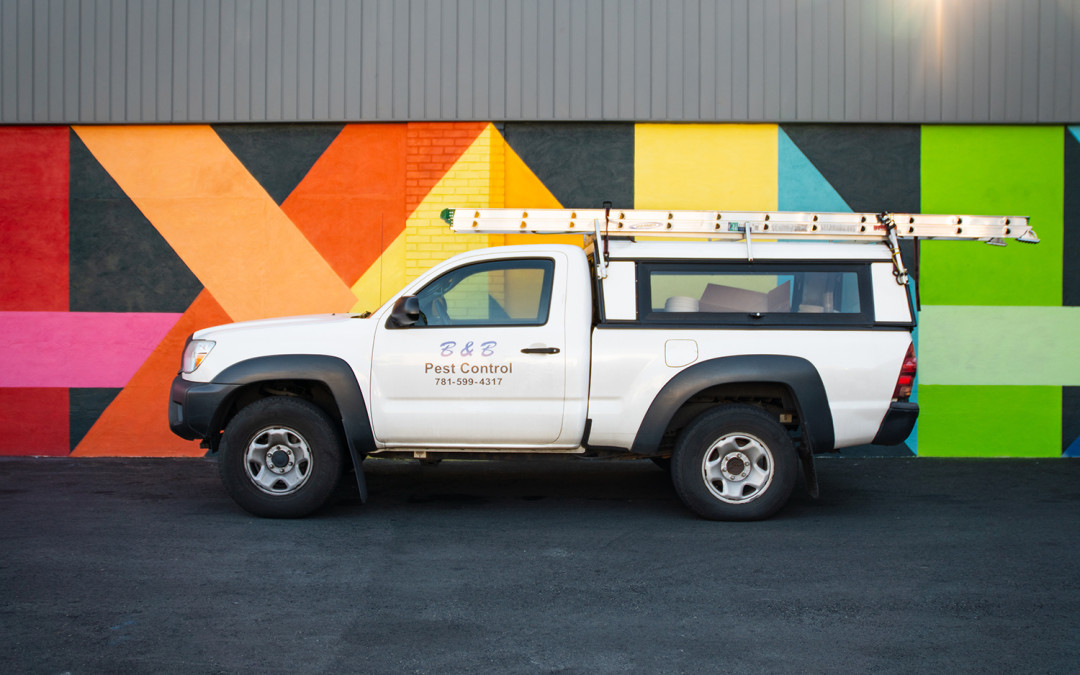Are Solitary Wasps As Dangerous To Humans As Social Wasps, And Which Social Wasp Species Establish Aerial Nests, And Which Species Are Ground-Nesters?
Insects in the order Hymenoptera include bees, wasps and ants, and well over 100,000 Hymenoptera species have been documented worldwide. All ant species are social organisms that dwell in colonies, but most wasp and bee species are solitary in nature. In fact, more than 90 percent of documented bee species are solitary, and the majority of wasp species are solitary parasites that prey on insects and arachnids. Historically, beetles were believed to be the most species-rich group of insects, but now experts believe that wasp species far outnumber beetle species because hundreds of thousands of parasitic wasp species have yet to be documented. Researchers believe that each insect species is preyed upon by one or several parasitic wasp species, which would mean that as many as one million species of parasitic wasps may currently exist worldwide.
Parasitic wasps are not dangerous to humans, and they may even be beneficial around homes due to their habit of preying upon insect pests. In Massachusetts, solitary wasps like mud daubers and cicada killers are prevalent in urban areas, but they are not aggressive and they will not sting unless provoked or mishandled. Social wasps that live in colonies contained within aerial or ground nests are quite aggressive, and they readily attack in response to nest disturbances. Social wasps include paper wasps in the genus Polistes, yellow jackets in the genus Vespula and the smaller genus Dolichiovespula, and hornets in the genus Vespa. Only one true hornet species, the European hornet (Vespa crabro) can be found in Massachusetts, but they rarely attack humans because they prefer to dwell in dense forest regions where they are rarely encountered.
The European hornet is an aerial nesting species, and their nests are found in residential areas on rare occasions. The bald-faced hornet (Dolichovespula maculata) is actually a yellow jacket that constructs aerial nests in trees, on the exterior walls of structures, and occasionally, in attics and wall voids. The aerial yellowjacket, (Dolichovespula arenaria) also constructs above ground nests in residential areas, and they are commonly encountered on door frame corners, attics, patios, trees, shrubs, and wall voids. The most common ground nesting yellow jackets in Massachusetts include the German yellowjacket (V. germanica), the eastern yellowjacket (V. maculifrons), the common yellowjacket (V. vulgaris), and the ground hornet (Vespula vidua). All of the above named social wasp species will attack humans in response to nest disturbances, but since ground nests are not as easy to notice as aerial nests, humans often disturb ground-nesting yellow jackets on accident, especially while carrying out lawn maintenance. All wasp nests should be removed by a professional pest control technician.
Have you ever found multiple yellow jacket ground nests on your property?

